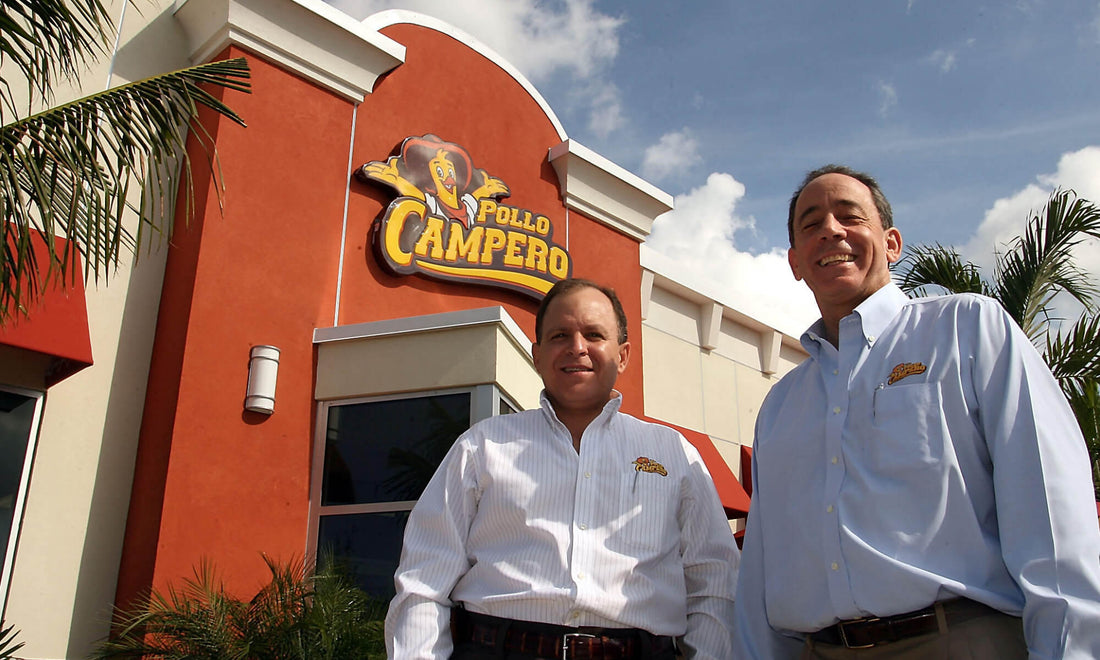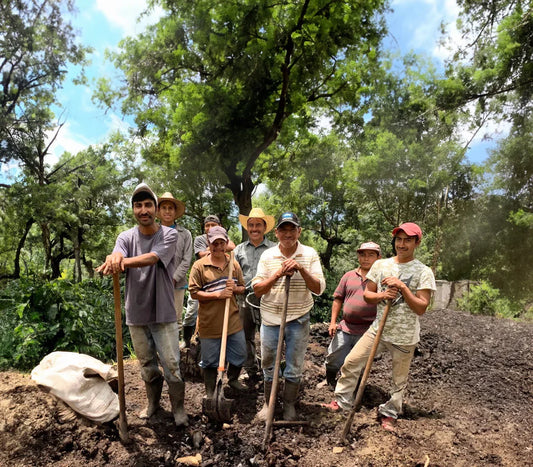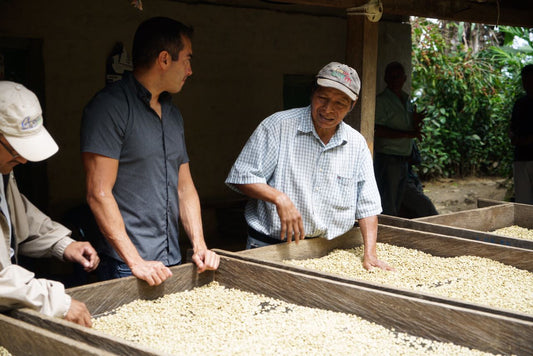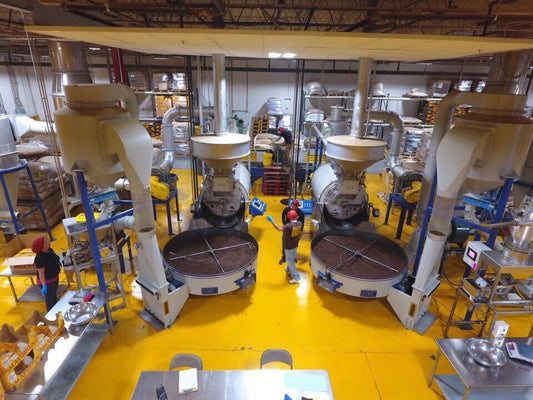
Step Aside KFC: Pollo Campero is the Best Fried Chicken in Town
How one small Guatemalan restaurant grew into a multimillion-dollar company.
Humble Beginnings
In 1971, Dionisio Gutiérrez hatched a plan.
Using the poultry from his father’s farm in Guatemala, he decided to open a quick-service restaurant with the simple aim of “serving the best-tasting chicken possible”.
With the help of several investors, including Francisco Pérez de Antón, who, along with his wife Consuelo Gutiérrez de Pérez de Antón, created the original recipes, Pollo Campero was born.
Success was almost immediate – and, to an extent, unexpected. “There was an avalanche of people,” Francisco recently told BBC Mundo, “and we were not prepared.”
Initially, the target audience was middle-class Guatemalans, many of whom had experienced the flavors of fried chicken on visits to the US. But it soon became clear that Pollo Campero had an innate ability to carve through class divisions, as customers from all backgrounds arrived at their first restaurant.
This encouraged Dionisio and Francisco to change focus, facilitating the rapid expansion of stores across the country. After just a year, Pollo Campero had expanded across the border into El Salvador, before opening stores in Honduras, and Costa Rica (which is now the company’s largest market).
The speed of its move into El Salvador was so quick that many still believe that Pollo Campero is a Salvadoran brand. “So many people believed that everything had been born in El Salvador,” Francisco said. “Actually, the company developed in two countries at the same time.”
Today, there are more than 400 Pollo Campero stores worldwide, with franchises in North America, Africa, and Europe.
That makes Pollo Campero the world’s largest Latin American chicken chain. And it's growing: the company recently announced a $190 million investment and plans to expand to 250 restaurants in the US alone over the next four years.
Signature Success
Capitalizing on consumers’ insatiable demand for chicken (the US, alone, consumes more than 65 billion chickens a year), Pollo Campero has grown from a simple dream into a global success story.
Since its inception, the company has become one of the fastest-growing restaurant chains in the world, expanding at a rate of 20 new restaurants per year.
Today, Pollo Campero is a dominant brand in the US chicken franchise market, which has an estimated worth of $55 billion, according to recent estimates. When it made its US debut in Los Angeles in 2002, there were queues down the block for it.
According to food journalist Marisel Salazar, the company’s success comes down to two main factors: its signature flavors and its ability to transport people back home.
“The chicken skin is perfectly spiced and crispy,” she writes. “The meat is juicy… The Campero Beans, which are slow-cooked with chorizo, jalapeños, tomatoes, and onions, are fuego.
“[It] tastes like home for a lot of Pollo Campero diners. Walk into a Pollo Campero just about anywhere, and you’ll see a lot of Latino families and solo diners waxing nostalgic.”
However, its rapid expansion outside of Guatemala suggests that from early on, the aim was never to appeal to one nationality. Indeed, it’s this very fact, and the way in which the brand has been able to become a part of local tastes, that has allowed Pollo Campero to resonate with so many people.
“Once a customer tries our fried chicken, they are fans for life,” confirms Pollo Campero’s managing director and COO, Luis Javier Rodas.

More Than Just Good Chicken
Entrepreneurship is not a linear process and neither is the story of Pollo Campero. Growth has brought a whole host of challenges, from lawsuits between family members to the departure of Francisco – one of its co-founders – from the company.
However, overcoming each obstacle has also allowed the company to become stronger. Its strategic franchising initiative has been particularly popular and has helped drive its major US expansion.
“The chicken category is booming,” said Fernando Perez, Pollo Campero’s senior director of operations, “and shows no signs of slowing down. Pollo Campero is one of the best opportunities in the category and our concept is one that prioritizes flavor, quality and authenticity.”
But Pollo Campero’s success isn’t only in relation to its signature chicken. It has also been about its steadfast commitment to celebrating its roots and supporting the communities it serves.
The company is known for its vibrant culture, which includes music festivals, sporting events (including the Miss Pollo Campero beauty pageant) and, more recently, online content that celebrates Latin American communities through music videos and comedy sketches.
Because they’ve been around for so long, people associate them with tradition and nostalgia – something that not only explains their popularity, but also helps drive business.
As such, Pollo Campero is not only a great example of how to build a successful business from the ground up but also how to support those who support you.
The company is actively involved in Guatemala and other South American countries through charity work and investments to help the places and communities that contributed to its success.
As one of the company messages rightly notes, Pollo Campero is “as Guatemalan as you are”.



